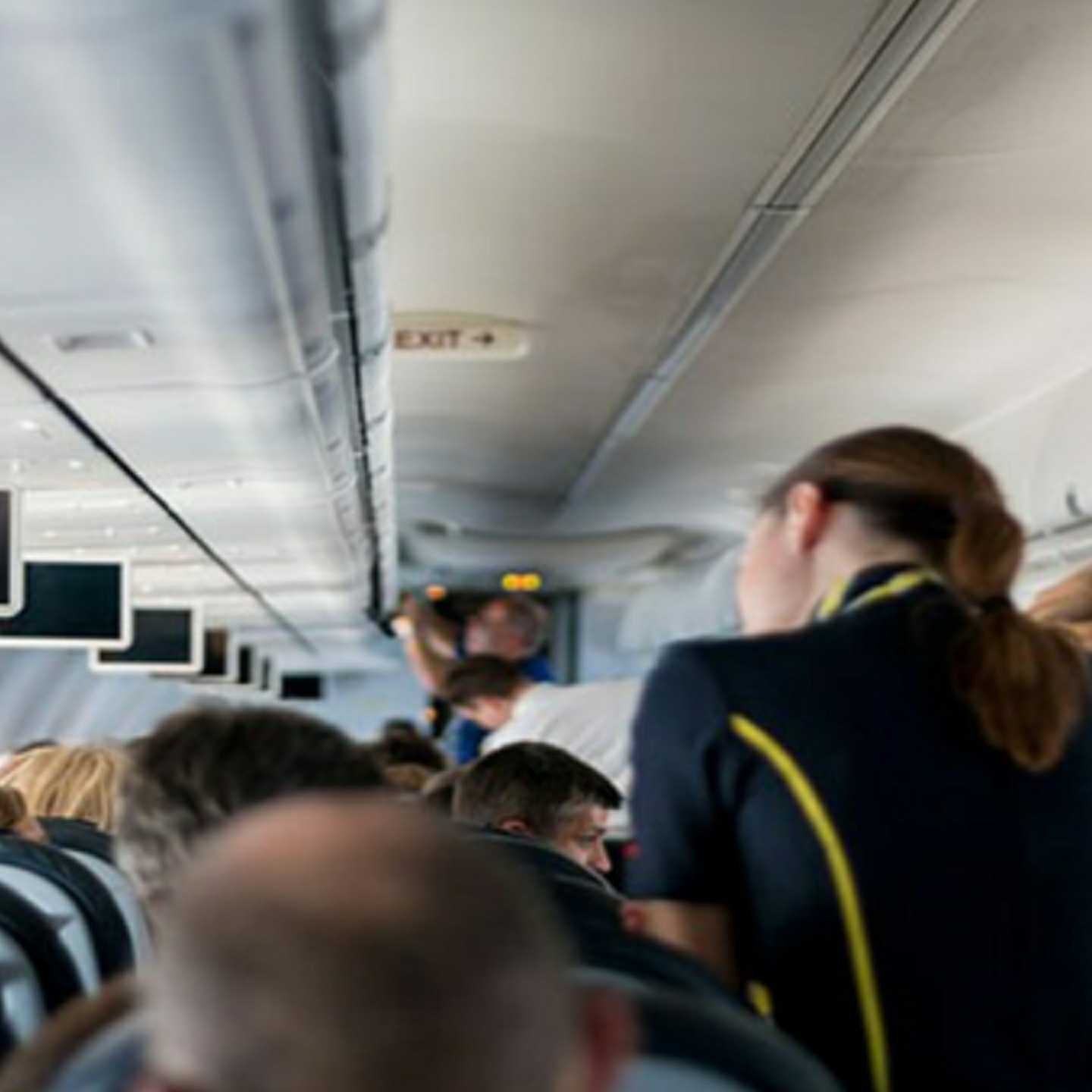INFORMS Journal Transportation Science New Study Key Takeaways:
- Researchers introduce slack times distributed across a crew schedule to plan ahead of any delays or disruptions.
- The approach can reduce extreme delays by as much as 20–30% on average.
- The buffers in scheduling cost airlines less than 5%.
Delays and disruptions in airline operations annually result in billions of dollars of additional costs to airlines, passengers and the economy. Airlines strive to mitigate these costs by creating schedules that are less likely to get disrupted or schedules that are easy to repair when there are disruptions—new research in the INFORMS journal Transportation Science has found a solution using a mathematical optimization model.
The study, conducted by Vikrant Vaze of Dartmouth College and David Antunes and Antonio Pais Antunes, both of the University of Coimbra, looks at data from Virgin America airline from 2014, that is 94 daily flights connecting 14 continental U.S. airports.
Using this data, researchers determined that introducing buffers or slack times that are distributed in an intelligent way across a crew schedule can reduce extreme delays by as much as 20–30% on average, with only a 2–3% increase in crew salary costs.
“Our model can lead to significant overall benefits, fewer flight delays, more importantly fewer worst-case delays, fewer crew infeasibilities, and lower passenger delays and disruptions,” said Vaze, a professor in the Thayer School of Engineering at Dartmouth.
This research allows airlines and airline managers to seek the best trade-off between the goals of reducing delays and disruptions while not being overly conservative in buffer placement.
“If you err on one side, you will have large delays/disruptions. If you err too much on the other, you will have to pay the crew for sitting around doing nothing. Neither is quite a good situation to be in. So, we optimize the buffer placement in crew schedules,” continued Vaze. “Paying the crew a little extra ahead of time and then using that extra time as buffers strategically located throughout their work schedules can provide big gains in terms of delay reductions, if we use our optimization model.”
About INFORMS and Transportation Science
Transportation Science is a premier peer-reviewed scholarly journal focused on research about all modes of transportation, present and prospective, and looks at planning and design issues and the related economic, operational, and social concerns. It is published by INFORMS, the leading international association for operations research and analytics professionals. More information is available at www.informs.org or @informs.






